The 1st Independent Polish Parachute Brigade
(1 Samodzielna Brygada Spadochronowa)
The 1st Independent Polish Parachute Brigade
Formation
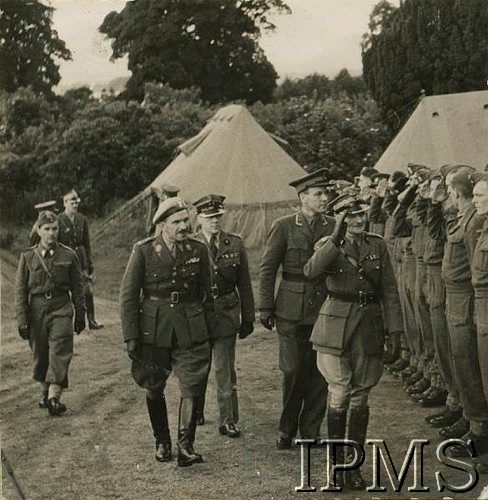 © Karta
© Karta
There are so many myths about how and when the 1st Independent Polish Parachute Brigade (1 Samodzielna Brygada Spadochronowa) came into existence. After studying extensive documents and accounts, I believe the following account to be closest to the truth.
One thing is very clear though, the combination of the 4th Polish Cadre Rifle Brigade and their time at RAF Ringway near Manchester was the absolute foundation of how the 1st Independent Polish Parachute Brigade came into existence.
Let's now consider the history:
General Sosabowski Leaves France For The UK
In 1940 France was taken over by the Nazis. General Sosabowski (who ran an artillery training school there), leaves France on 20th June 1940 (around 6000 soldiers left with him) and arrives via the frigate “Abderpool” into Plymouth on 22 June 1940.
The reason the crossing took so long was because the ship sailed out into the Atlantic (to avoid German U-boats) and headed inwards to England, not the shortest route but one that foiled the u-boats.
There, General Sosabowski catches a train to Glasgow (it would appear the troops also went by train). At Glasgow the troops camp out at a local school before being relocated to Biggar, Scotland.
On 9th July 1940 the men of the 4th Infantry Division (who had fought in France) were then re-organised into the 4th Cadre Rifle Brigade.
Some of them relocate again to Elioch Castle near Sanquhar in Dumfriesshire to end up training as Ciochiemni. In the war, the British Army easily acquired property for training purposes from landowners etc so this was not unusual to do.
Ciochemni Beginnings
At this point, General Sosabowski also sets up a saboteur unit at Inverlochie Castle on the west coast of Scotland. These will be trained, sent to Poland and specialise in espionage, sabotage and silent murder.
We don't know if this group was ever directly sent to Largo House, Upper Largo, Fife and then Audley End, but the concept itself was born with this unit.
The 4th Polish Cadre Rifle Brigade
In October 1940 the troop unit at Elioch Castle is renamed to "4th Officers Cadre Brigade" or The 4th Polish Cadre Rifle Brigade and they move to Largo House In Fife and set about defending the East Neuk Coastline from Buckhaven to Crail, in Fife, by digging trenches, putting concrete bollards in etc.
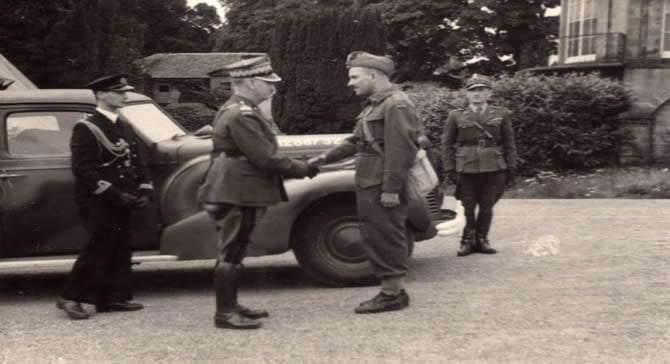 © www.swoopingeagle.com
© www.swoopingeagle.com
The troops though were often left to languish, with no plan of how to deploy them, they sat around waiting to be re-assigned. Discipline, as well as low morale, were a huge problem. Absences without leave, fights, drunkenness, boredom and frustration were everyday issues at the camp.
This was made worse by operations being planned for, trained for, then abandoned. General Sosabowski would have witnessed this issue with moral and it would have concerned him greatly.
He himself was regarded as a difficult and demanding man, He was not loved by the men, in fact the men fell into 2 camps, those that were pro-Sikorski and those that were pro-Sosabowski. But the men feared and respected him because he would do anything that they asked of him.
The First Trip To RAF Ringway
In February 1941, the London office tells General Sosabowski that he can send 20 officers to do a four-week parachute training course at an airborne training centre in Cheshire – The Ringway Airfield, AKA "RAF Ringway" (now the site of Manchester International Airport).
The men came back enthused but admitted that they were being asked to do things beyond their strength. They also struggled with the British system of training that disregarded rank, the poles felt this was disrespectful.
General Sosabowski started to realise that here they were, in the UK, getting nowhere, whilst poles back home were actively fighting the Germans.
The Parachute Regiment Is Conceived
According to his book, he was alone in the YMCA in Leven, Fife, thinking about this when he decided they had to be far more pro-active about it and made up his mind to form a Polish Parachute Brigade.
He decided that the 20 men who had come back from RAF Ringway would act as unit heroes, encouraging others to try it out. Some sources say all the parachutists were volunteers, however, General Sosabowski in his book indicates that some were conscripted in because "bravery was not optional".
Officially, his unit was The 4th Polish Cadre Rifle Brigade and was there to defend the Firth of Forth from invaders, however unofficially they were starting to organise and train as a parachute Cadre Brigade.
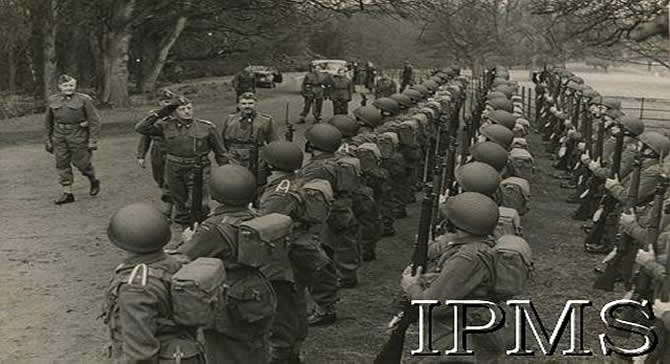 © Karta
© Karta
According to the book "Audley End, Station 43", most of the initial Cichociemni came from the initial volunteers that parachuted at Kincraig point, Earlsferry, Fife, in other words, the 4th Polish Cadre Rifle Brigade.
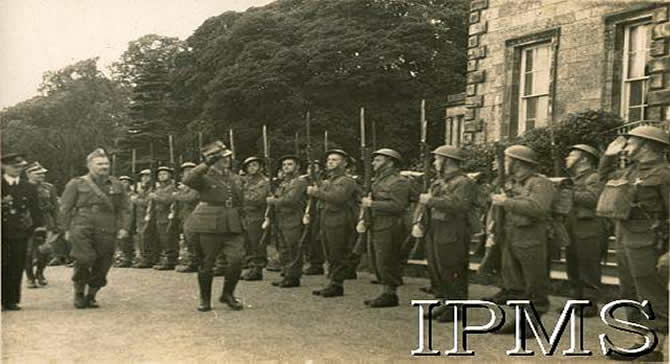 © Karta
© Karta
Some of the troops at the transit camp in Auchtertool, Fife, join his parachute regiment and are then added to with other Polish army units, formed in the USSR, and evacuated through the Middle East to the camp as well as other volunteers from other parts of the world including volunteers from the 2nd Grenadier Battalion.
RAF Ringway, Manchester, 1940/41
Since 1940 RAF Ringway had been the venue for RAF parachute training. It is most likely the first Cichociemni ("The Silent Killers") were trained there , with final training at Audley End "Station 43", (and not Largo House, Fife) because the first members of the Cichociemni landed in occupied Poland the night of February 15 to 16, 1941 which was before training at Largo House was underway as that commenced June 1941.
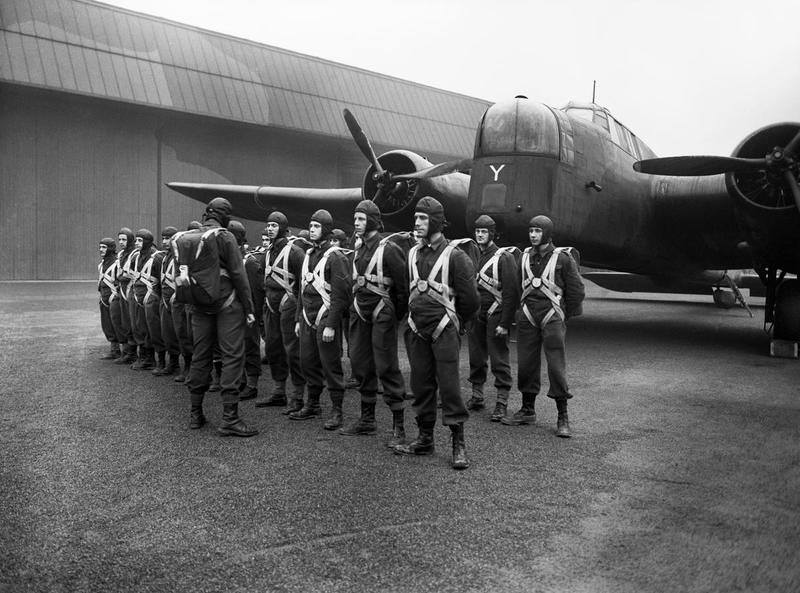
On 15 February 1941 RAF Ringway became an independent parachute training school and this in turn allowed General Sosabowski to send his troops there for training.
By mid 1941 it was noted that the Polish soldiers that trained there were weak from malnutrition, years of imprisonment in soviet labour camps along with a higher than average age for a paratrooper. So the need for a specific training regime for them to be formed was recognized.
It was at this point that Largo House in Upper Largo, Fife, was secured as the training grounds for them, initially being the 4th Polish Cadre Rifle Brigade who trained there.
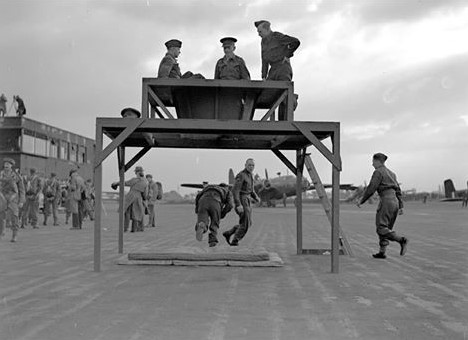
The training at Ringway involved going to a large hanger called "Kilkenny's Circus" where they would be grouped up then transported to Tatton Park where there was a balloon whose rise and fall was controlled by a winch on a lorry. There was usually a YMCA van supplying hot food and drinks there as well.
The British Control Of The Parachute Brigade
Inspection of the 1st independent Polish Parachute Brigade 23 Sept 1942 at Leven;
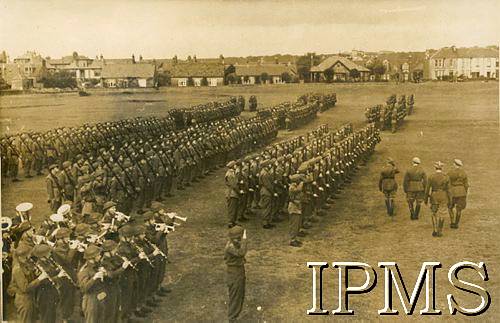 © Karta
© Karta
It took till 1943 before the British confirmed the status of the Parachute Brigade, the British then sought to take control of the unit by having it under their command but General Sosabowski resisted it.
On June 6 1944, following an ultimatum, General Sosabowski conceded and the Brigade then started getting funding and new equipment.
In August 1944, they were ready for battle and in Sept 1944 went to Arnheim in Operation Market Garden.
Disbanding Of The 1st Independent Polish Parachute Brigade
On 30 June 1947 the 1st Independent Polish Parachute Brigade was disbanded. The "Polish Paratroopers Association" then came into being and then renamed as the "Polish Airbourne Forces Association".